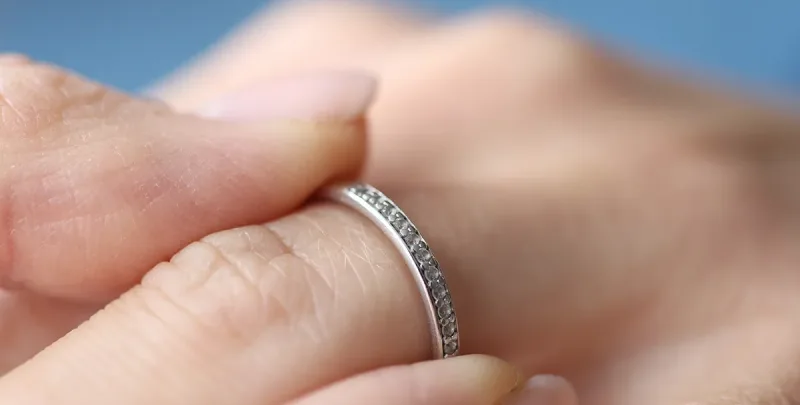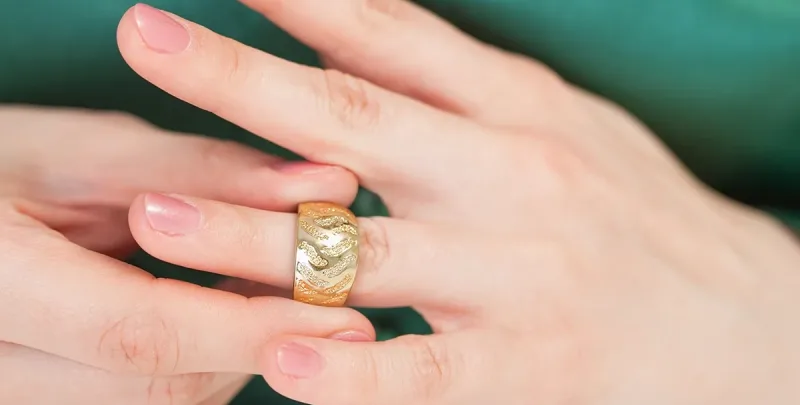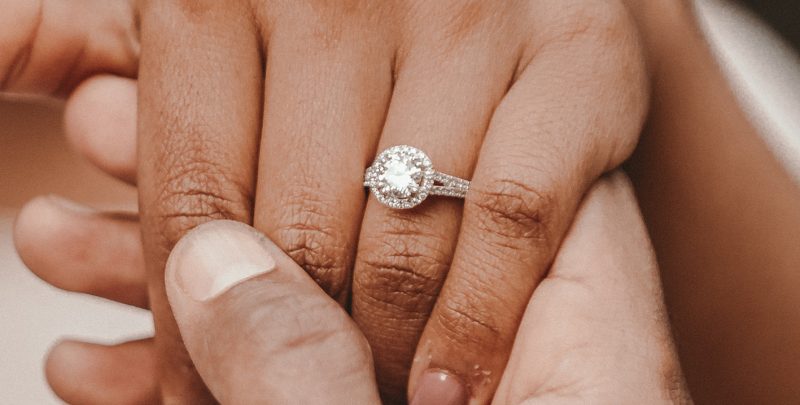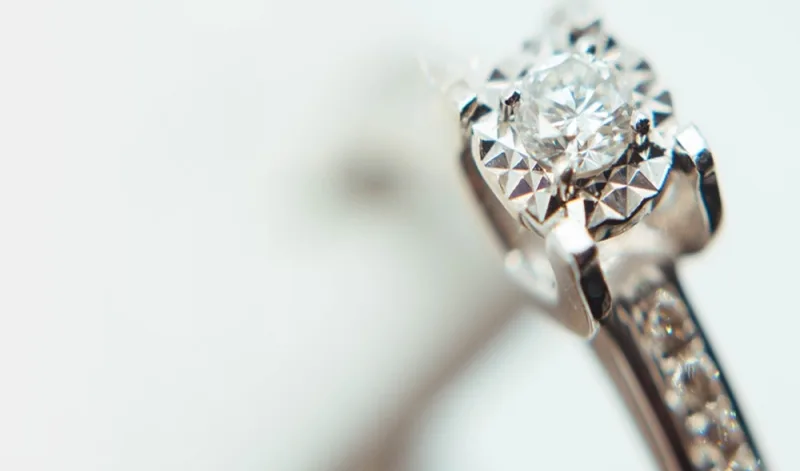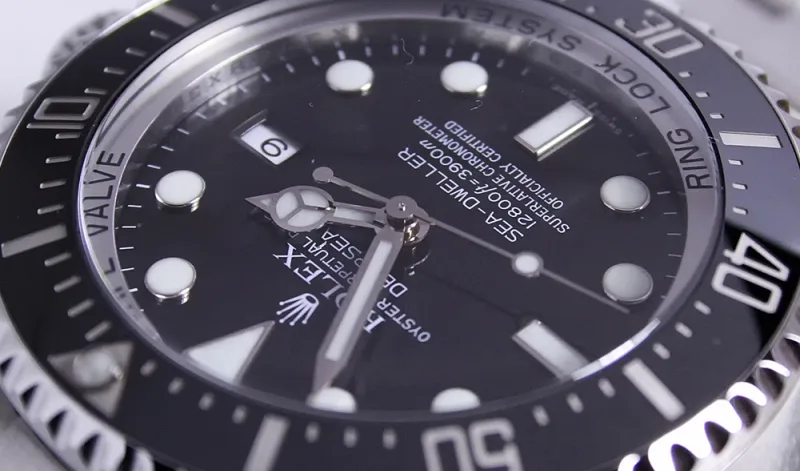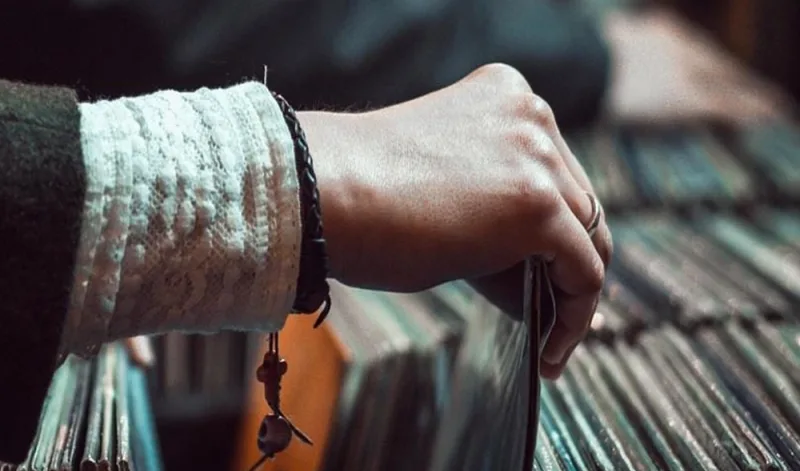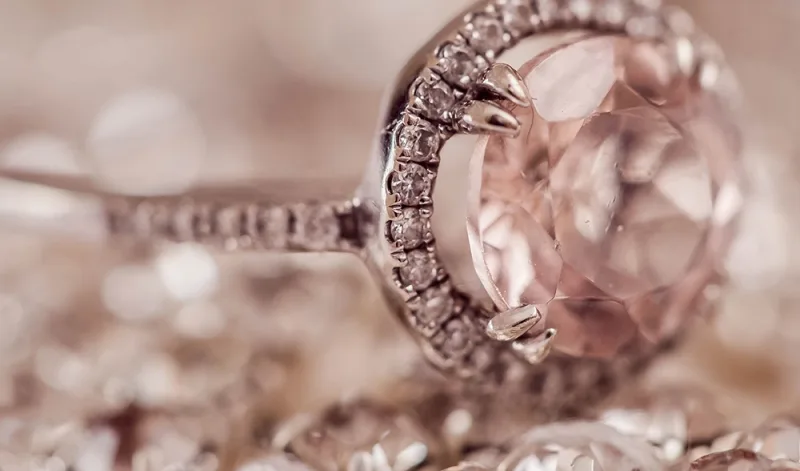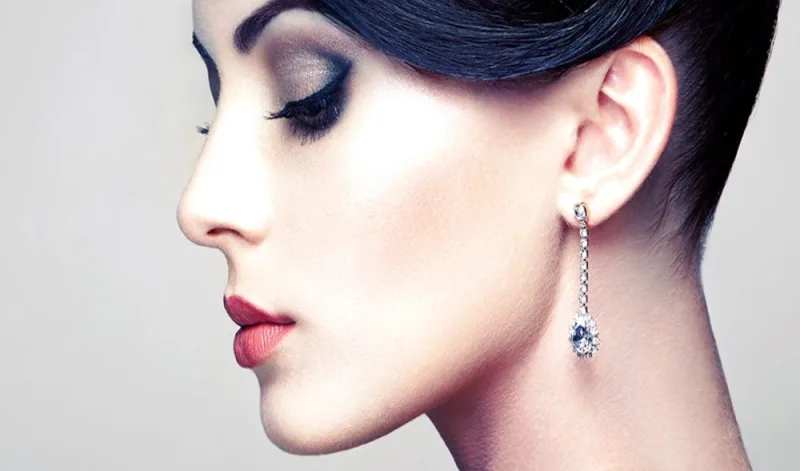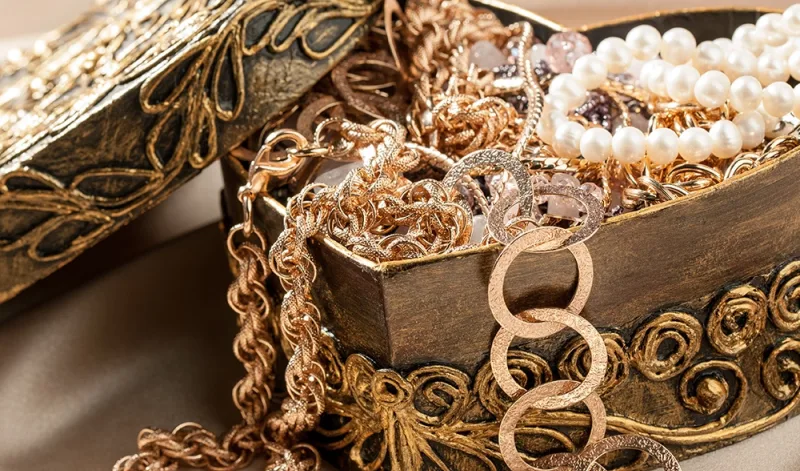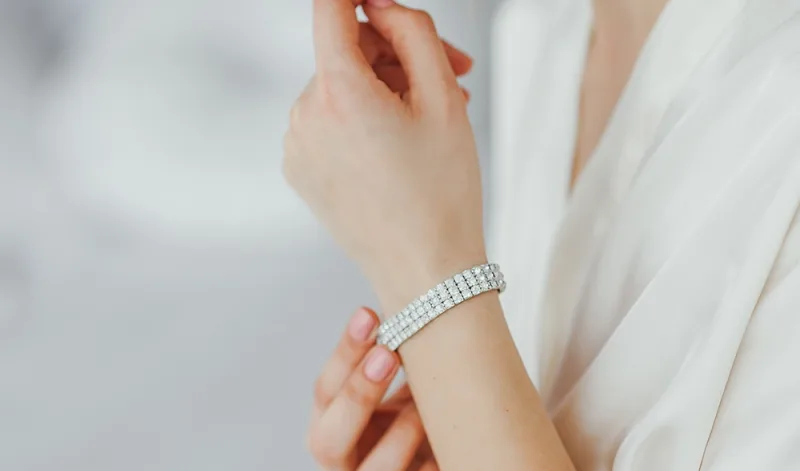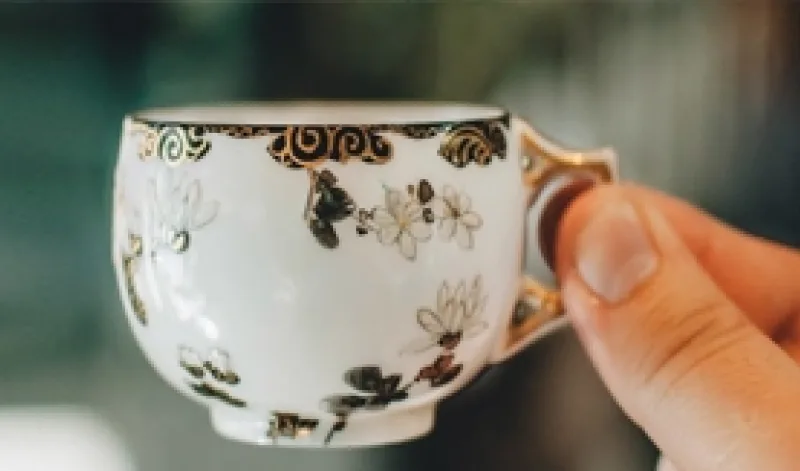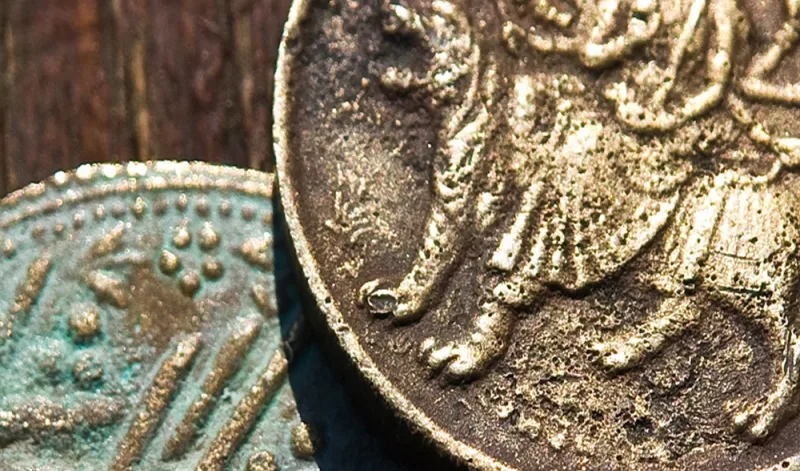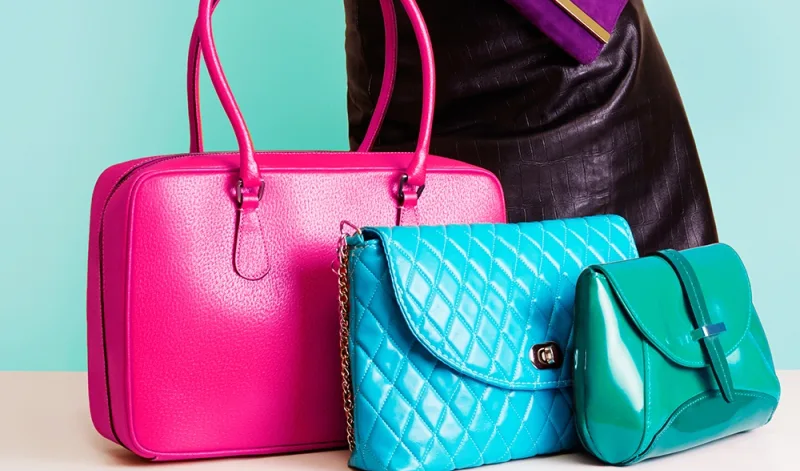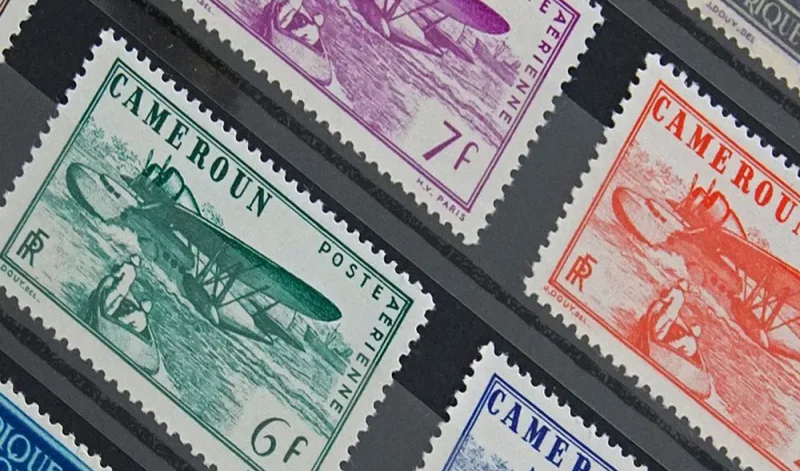Ring stacking isn’t just a trend - it’s a way to tell your story, celebrate milestones, and show off your unique style. Whether you’re pairing a diamond ring with a wedding and eternity band, or curating a mix of sentimental rings, getting the balance right is key.
Let’s look at the history, meaning, and styling secrets of stacking rings...
The history behind ring stacking
Today, stacking rings is a way to celebrate love, achievements, and personal style - all in one stylish stack! But the history of stacked rings goes back centuries – with some sources saying that ancient civilizations like Egypt, Rome, and Greece were all fans of stacking their jewellery - not just for style, but to show off their status, wealth, and commitments.
Ancient Egyptians were said to favour stackable rings, often made from precious metals and decorated with intricate engravings. Both men and women wore them as a symbol of their social standing.
The Romans took things a step further, using stacked rings to represent power and achievement - each one telling a story of success.
16th and 17th centuries
In the 16th and 17th centuries, Gimmel rings were often used as betrothal or wedding rings. Designed with multiple bands that fitted together seamlessly, they typically formed a single ring when worn.
When separated, each band remained a distinct piece. Traditionally, engaged couples would wear one half each, and upon marriage, the rings would be joined together and worn by the bride as a symbol of unity.
Guard or keeper rings
Another type of stackable ring, known as a guard ring or keeper ring, was popular during the 18th and 19th centuries. These rings were designed to fit snugly against an existing ring to secure it and prevent the band from slipping off.
1954: Style icon Audrey Hepburn
One of the most recent and famous examples of stacking rings comes from Audrey Hepburn. Her first husband, Mel Ferrer, gave her not one but three engagement rings in 1954 - crafted in white, rose, and yellow gold, each with a small diamond.
Designed to be worn stacked or individually, these rings reflected Hepburn’s effortless elegance and set the stage for modern stacking trends.
What is the meaning of stacking rings?
There are many reasons people like to stack their rings – stacked rings can often represent love, family, personal growth, or even spirituality. Birthstone rings and engraved bands make them even more meaningful. For example:
- Marking milestones: Many people add rings to celebrate birthdays, anniversaries, or major life events.
- Symbolising love: Engagement, wedding, and eternity bands create a beautiful representation of a lifelong commitment.
- Cultural or spiritual meanings: Some rings hold significance in faith, heritage, or personal beliefs.
- A style statement: a mix of metals, designs, and gemstones lets you showcase your individual style.
How to build the perfect ring stack
Creating a well-balanced stack is all about metal choices, band widths, and diamond shapes. Here’s how to get it perfect:
Choosing the right metals
- Match for a classic look: Sticking to one metal - gold, platinum, or silver - keeps things timeless.
- Mix for modern flair: Mixing metals adds contrast and modern appeal - just balance the colours throughout for a cohesive look.
- Think about skin tone: Cool tones suit white metals, while warm gold tones flatter warmer skin tones.
Getting the right band widths
- Thin bands (1-2mm): Delicate and perfect for a minimalist look.
- Medium bands (2.5-4mm): A balanced width that complements most engagement rings.
- Wide bands (4.5mm+): A bold statement piece that works well with thinner bands for contrast.
Pairing diamond ring shapes and settings
- Eternity bands with round diamonds: A timeless, versatile choice.
- Emerald-cut and baguette diamonds: Sleek and perfect for modern or vintage-inspired rings.
- Mixed-cut bands: A fun way to add texture and uniqueness.
- Contoured bands: Designed to fit snugly against uniquely shaped engagement rings.
Can I stack rings on multiple fingers?
Absolutely! Spreading your rings across different fingers creates an eclectic, layered effect. Midi rings and thumb rings can add extra flair.
Caring for your stacked rings
Stacked rings are a beautiful and stylish way to showcase multiple bands, but they require proper care to keep them looking their best. From regular cleaning to using ring spacers and ring insurance, here’s how to protect your treasured pieces.
Cleaning your stacked rings
Dirt, lotions and everyday wear can cause stacked rings to lose their sparkle. Cleaning your rings regularly with warm, soapy water and a soft brush will help to remove build-up.
Avoid harsh chemicals or ultrasonic cleaners, as these can damage delicate gemstones or certain metal finishes.
If yours is a diamond ring or contains sapphires or other hard stones, a professional clean every six months will help maintain their brilliance. Read more: How to clean jewellery.
Using ring spacers
Ring spacers are thin, invisible bands placed between your rings to prevent them from rubbing against each other. Over time, metal-on-metal friction can cause scratches, weaken settings and wear down the bands. Spacers help protect delicate details, especially if you’re stacking rings with different metals or gemstone settings. Opt for a slim silicone or metal spacer that blends seamlessly into your stack.
Insuring your rings
Stacked rings can represent a significant investment, so it’s wise to insure them against loss, theft or damage. Check whether your existing jewellery insurance or home insurance policy protects them. (You can find out here about home insurance and whether your jewellery is covered here).
If not, consider Assetsure’s specialist diamond ring insurance and jewellery insurance that includes worldwide cover and accidental damage. Keep receipts, valuations and photos of your rings in a safe place to make any claims easier.
Happy stacking!
Stacking rings is a stylish and personal way to wear your jewellery. Plus, stacked rings offer versatility - you can wear them individually for a subtle look or layer them for a bold statement.
Disclaimer:
This article's content is solely meant to be informative. This content should not be regarded as expert advice or a definitive guide, even though every attempt has been taken to ensure the correctness of the historical details and cultural insights given. The information is a broad summary and might not include every historical viewpoint or cultural custom.
